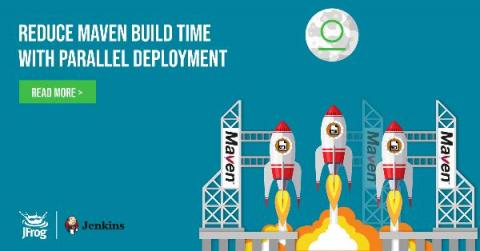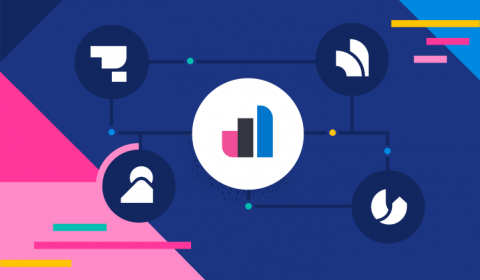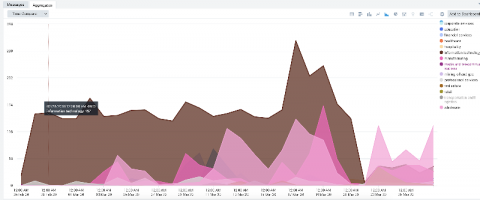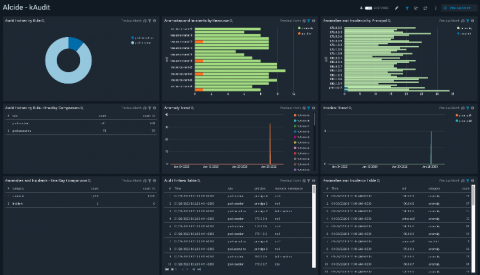Parallel Maven Deployment with Jenkins and Artifactory
There are many reasons why you may want to use Artifactory as your Maven repository. For example, it allows tagging Maven artifacts with custom properties, so that they can later be found based on specific criteria. It stores build metadata about your artifacts, and allows controlling the repositories used by the Maven build, without modifying the pom file. In this post, I’d like to focus on one specific advantage, Maven deployments in Jenkins.











